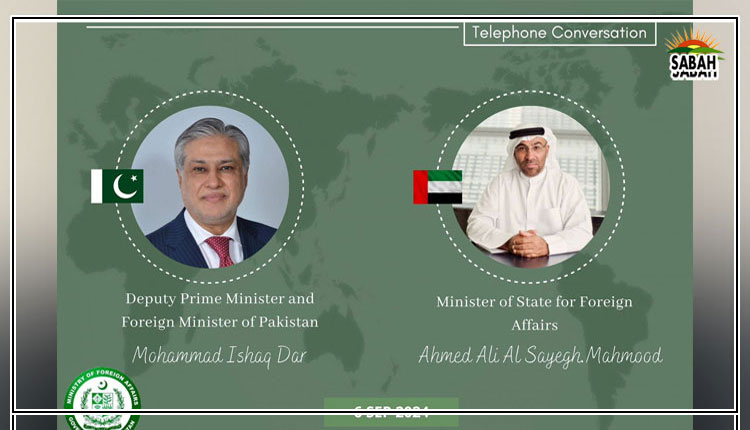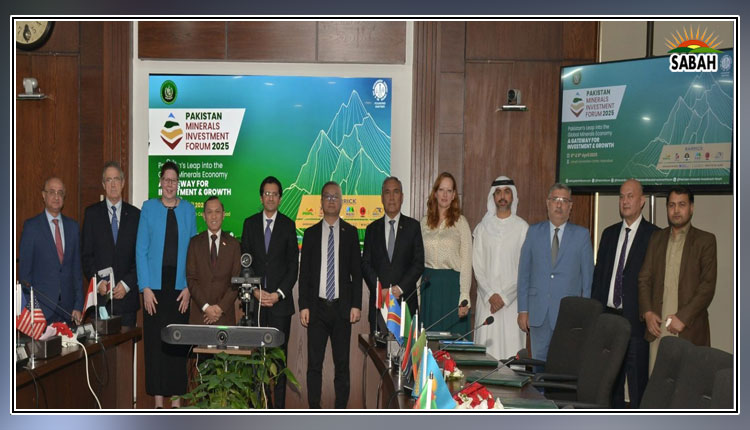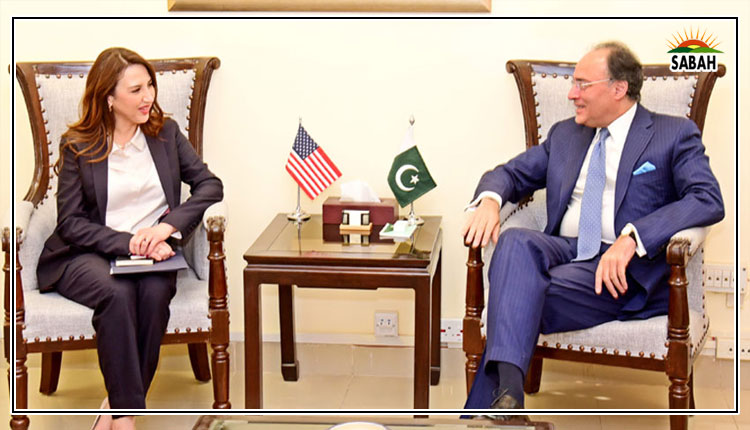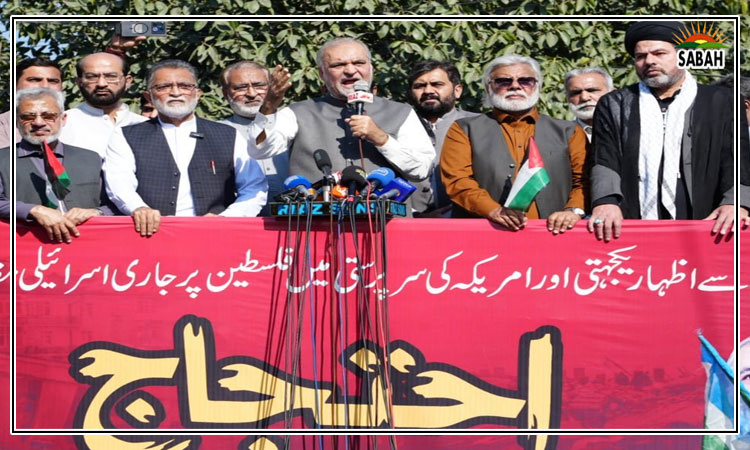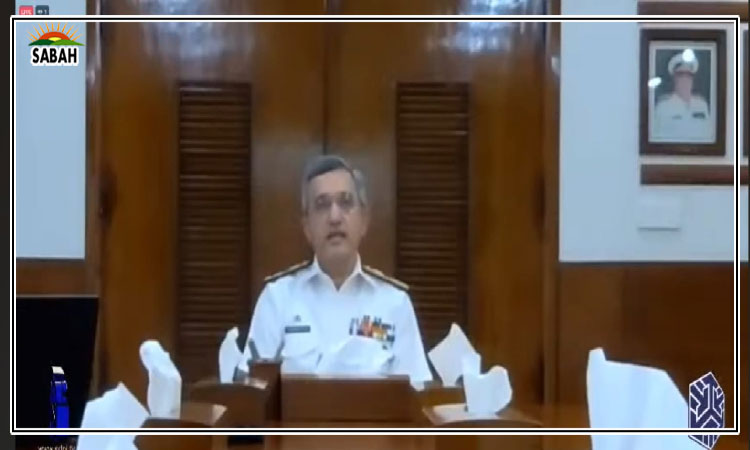Lost in transition ….. Aamir Latif Siddiqui
TEACHER education reform in Sindh was initiated, in the recent past, by the Reform Support Unit under the Sindh Teacher Education and Development (TED) Policy in 2009. The policy was focused on rationalising the roles of the Provincial Institute of Teacher Education (PITE) and the Bureau of Curriculum and Extension Wing (BoCEW).
The policy also emphasised universal teacher standards and competencies for hiring, training, and continuous professional development, as well as upgrading pre-service teacher education from certification courses to graduation as the entry qualification for teaching. Under the policy, an apex body for managing teacher education and development in Sindh was also proposed. Later, the Sindh Teacher Education and Development Authority (STEDA) was established in 2012.
The PITE Sindh was established in 1995 under the Teacher Training Project, assisted by the Asian Development Bank. It was part of a nationwide initiative to improve the quality of education through better teacher training. In 1970, the Directorate of Education Extension and Specialised Services was founded, retitled as the Bureau of Curriculum and Extension Wing in 1972, and given administrative control over all teacher training institutes (TTIs) by 1976.
Teacher education needs institutional reform.
Since 1976, all TTIs have been under the administrative control of the BoCEW. However, in January 2003, the administrative control of government elementary colleges and colleges of education was abruptly handed over to the PITE Sindh. This sudden shift, without any plan or justification, created chaos and confusion. After a brief administrative handover to PITE, these institutions were reverted to the BoCEW in September 2005. Before this, the curriculum wing of the Bureau of Curriculum was merged with the Sindh Textbook Board in 2002, while the remaining part of the BoCEW was renamed the Directorate of Research and Assessment.
This was another exercise in reform-based institutional restructuring, again without any plan. These haphazard efforts yielded nothing except the lack of certainty. An inconsistent management, with little understanding of education, always seemed to prefer impromptu suggestions for implementation with immediate effect.
The 18th Constitutional Amendment in 2010 led restructuring to adopt additional roles and responsibilities. The Sindh School Education Standards and Curriculum Act in 2014 transformed the BoCEW to the Directorate of Curriculum, Assessment and Research; the Curriculum Wing and Curriculum Council were established. The roles of the PITE, DCAR and STEDA were reiterated.
A vital feature of the Sindh TED, 2009, was the replacement of certification courses such as the primary teaching certificate and certificate of teaching with graduation for entry qualification in the teaching profession. It was intended to bring the profession of teaching into the mainstream. If anybody wanted to be a doctor, engineer, or lawyer or wished to get a job in some other professional field, he or she would have to get four- to five-year specialised education in that area to get a degree. However, for the teaching profession, there were only certification courses.
The Sindh government introduced the four-year B.Ed. (Hons) Elementary and two years Associate Degree in Education (ADE) in 2012. With the support of the USAID-funded Teacher Education Project, the four-year B.Ed. (Hons) curriculum was designed by local experts in collaboration with the Teacher College of Columbia University, which the Higher Education Commission has approved. Amending recruitment rules
to upgrade pay and scale for prospective teachers was also integral to this new pre-service teacher education paradigm. It was thought that this would attract quality human resources to the teaching profession.
The amended recruitment rules of 2014 paved the way for two years of ADE as an entry qualification for the junior elementary school teachers in BPS-14 and B.Ed. (Hons) Elementary for elementary school teachers in BPS-16. All this worthwhile investment was wasted when the School Education and Literacy Department modified the recruitment rules in 2021 and announced hiring teachers on graduation basis, without any professional degree for teaching.
Aside from provincial institutions such as the PITE and STEDA, Sindh has 43 TTIs. Instead of unending reform-based restructuring and investing in untidy proposals, the government should focus on institutional reforms intended to produce the required B.Ed (Hons) Elementary and Secondary graduates, catering to the emerging needs of the public and private sector. The required number can be realised after teacher-mapping is conducted across the province.
The writer is a social development practitioner.
aamir26@hotmail.com
Courtesy Dawn, August 17th, 2024


